Tried and True: The Omni Disadvantage
In the last post, we introduced the 3 kinds of Detriments. Today, we’ll go over the one that isn’t new: the Disadvantage. The DA is the M4 of policy arguments: trusty, ubiquitous, versatile, easy to use. It is the most reliable argument in the negative arsenal.
All Detriments can be run unstructured, with just a few subpoints, or by stacking many subpoints together: "Brink 4 …" It just depends on how much you need to explain it and how much time you want to fill. If you introduce sub-points, you should use them uniformly throughout that argument class. So for example, you might run unstructured Backfires followed by DAs that all have Links and Impacts. With practice, you’ll be able to quickly decide what, if any, structure your DAs need.
Disadvantage: A Detriment claiming that the plan creates a bad consequence outside the intended effect area.
Brink: The status quo’s vulnerability to change.
The Brink is something that has the potential to go bad, but won’t if it’s left alone.
Brink 1: Dry Forest. A dry, hot pine forest in September isn’t hurting anyone, but it has the potential to become a massive fire if the wrong change occurs.
Brink 2: No Extinguisher. We don’t have a fire extinguisher, a bucket of water, a shovel, or even a wet blanket. We have nothing that could be used to fight a potential fire.
Brink 3: Far from Town. We are a ways from town and don’t have good cell reception. If something bad happens, it’ll be awhile before help can reach us.
Note that neither of these Brinks are problems on their own. They only become a problem when the Link is introduced.
Link: The bad change caused by the Plan.
You want to be as specific and definite as possible here. “We don’t know what will happen,” is not a Link. Neither is: “Things could go bad.” Your job as a debater is to make claims supporting your stance on the resolution. If you think the resolution is a bad idea, claim that implementing it will make bad things happen.
Link: Pyrotechnics. The plans for this gender reveal party involves setting off a device that releases colored smoke. This will release a lot of heat into the tall, dry grass nearby.
Impact: The unintended consequence of the Plan.
Brink + Link = Impact.
Again, definite claims are key. Don’t make contradictory claims, don’t hide in ambiguity. Tell the judge exactly what will happen and why it’s terrible.
Impact: Wildfire. The smoke device will start a fire that we can’t control. It will spread across tens of thousands of acres and cause millions in property damage.
What’s Changed?
Omni doesn’t overhaul the DA. It’s already working well. Instead, it offers a few refinements.
Narrower definition. Instead of describing any argument that adding a negative number to the impact calculus, DAs are now strictly focused on unintended consequences. This is where the Brink-Link-Impact structure works best.
Prescripting Options. Since negatives run cases in Omni, it can be appropriate to partially prescript DAs against cases you expect to hit often. Take cues from LD negatives: they don’t prescript the entire speech, and they adapt based on what the aff does. That said, you can still write out rhetoric for your DA so it’s as lethal and efficient as possible.
No Uniqueness. Uniqueness is a sub-point explaining why the DA won’t happen in the status quo. We’re fully cutting it from Omni because, ironically, Uniqueness is non-unique. Every single argument in any form of debate can be evaluated in terms of uniqueness. So you should still make sure that your DAs are unique, but we don’t see any gain from implementing it as a standard sub-point.
Backfires have a similar structure, but with some differences that make them even more strategically potent.
That’s coming up next. See you soon.
